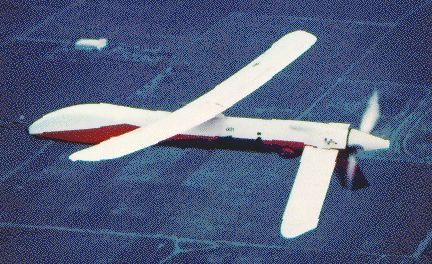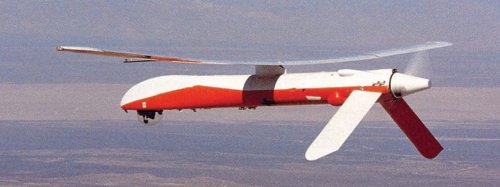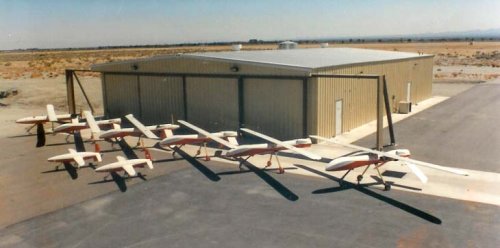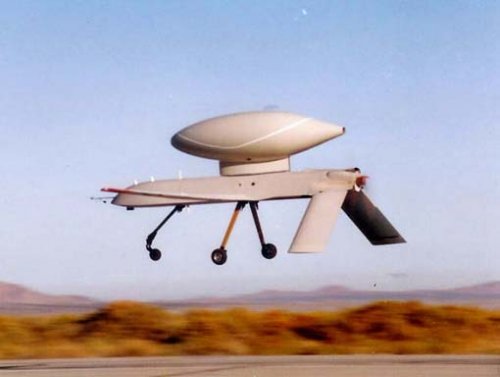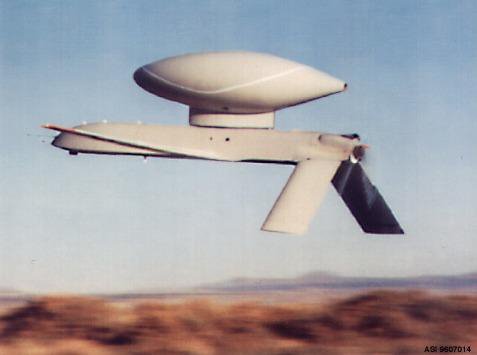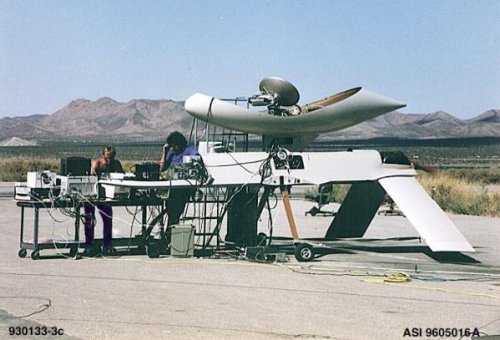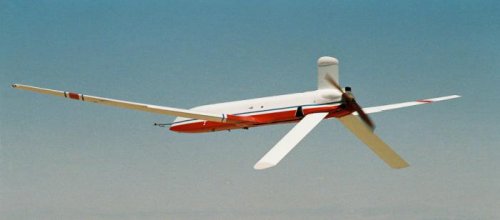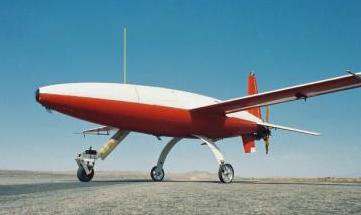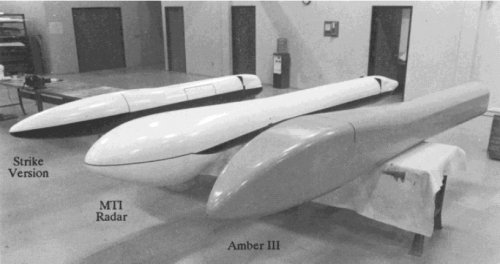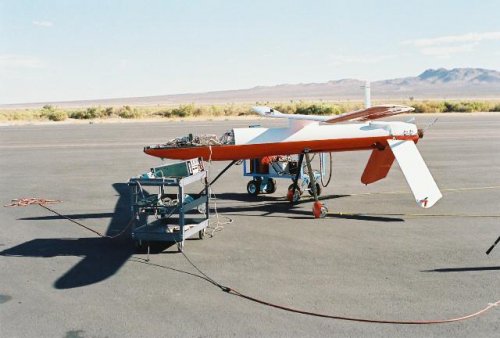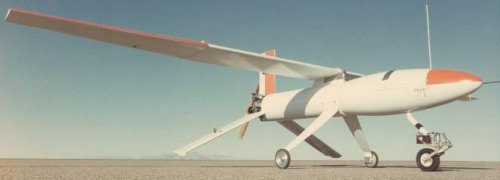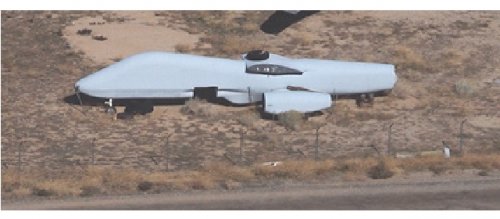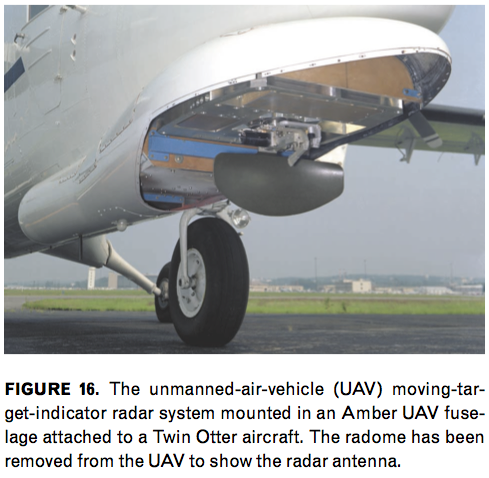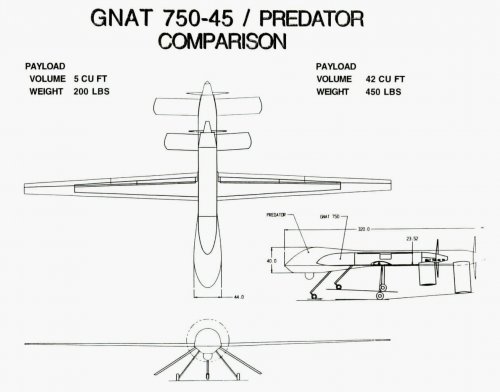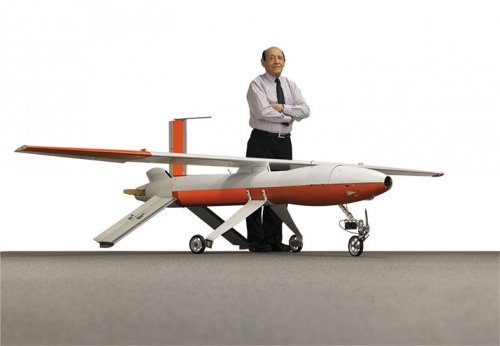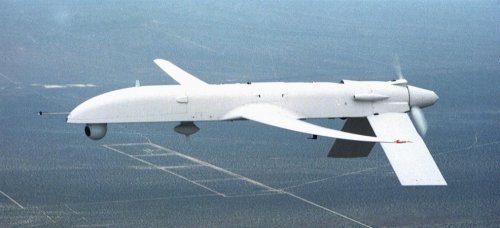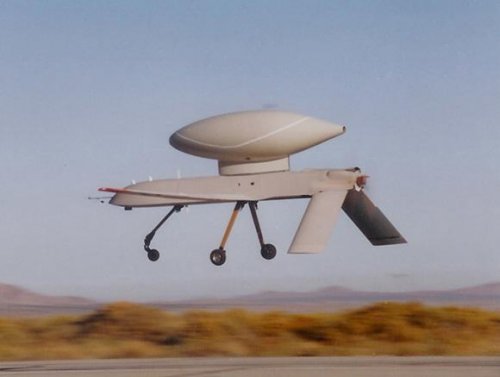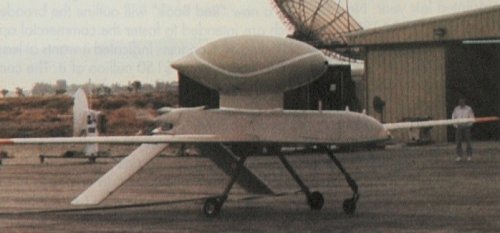- Joined
- 4 May 2008
- Messages
- 2,439
- Reaction score
- 762
I've searched the forum and did not find anything substantial on Abe Karem's designs that led to the massively successful MQ-1 Predator.
I know one of the first designs was Amber, under the TEAL RAIN program, which started life as a tube-launched cruise missile/ISR platform, with a folding wing on top of the fuselage.
There are later designs, including Prowler, GNAT, and some odd-looking skewed-wing vehicle. I remember finding some information in an old Air and Space magazine 2-3 yrs ago.
Can you share some info on this topic?
I know one of the first designs was Amber, under the TEAL RAIN program, which started life as a tube-launched cruise missile/ISR platform, with a folding wing on top of the fuselage.
There are later designs, including Prowler, GNAT, and some odd-looking skewed-wing vehicle. I remember finding some information in an old Air and Space magazine 2-3 yrs ago.
Can you share some info on this topic?

